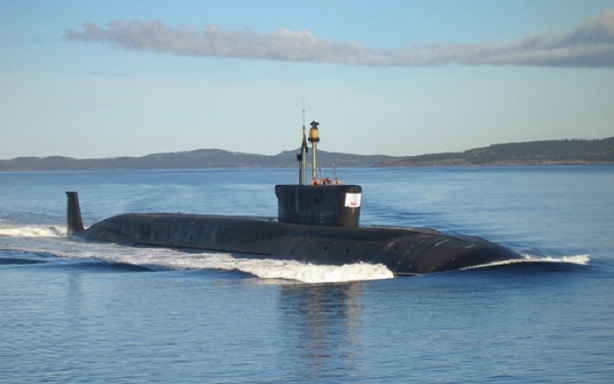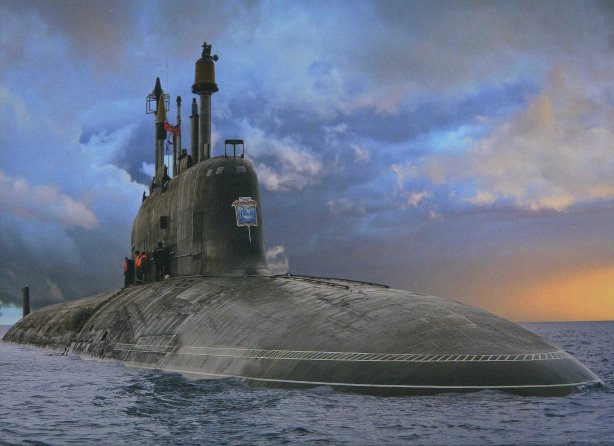
When Russian forces moved into neighboring Ukraine last year, France suspended the sale of two completed helicopter assault ships it had built for the Russian Navy. Undaunted, Russia now plans to build several ships of its own, according to their St. Petersburg navy design bureau, one intended to be larger, faster and more heavily laden than the French built Mistral warship. Dubbed Lavina (‘Avalanche’), the new ship, which is scheduled for completion by the end of this decade, “will have a full load displacement of 24,000 tons, as opposed to 21,300 tons for the French-designed ship. It will also have a maximum speed of 22 knots, compared to 19 knots for the Mistrals.
Just like the Mistral, Lavina will house 16 helicopters, about 50 armored vehicles (about 10 fewer than the French amphibious assault vessel) and a potential six smaller boats, as opposed to the Mistrals’ four. All figures are likely rough estimates, with numerous variables, and it is unclear how advanced the Lavina blueprints are at the current stage. ”
Other helicopter carriers are also in development, including the Priboy, a 14,000-ton helicopter carrier, capable of transporting 16 attack helicopters, and previously announced by Nevsky Design Bureau, another leading St. Petersburg design bureau.
According to Russia Today, “the Yantar shipyard also reportedly began construction of a smaller Ivan Gren-class assault vessel, which the Navy said would be ready by 2018.”


